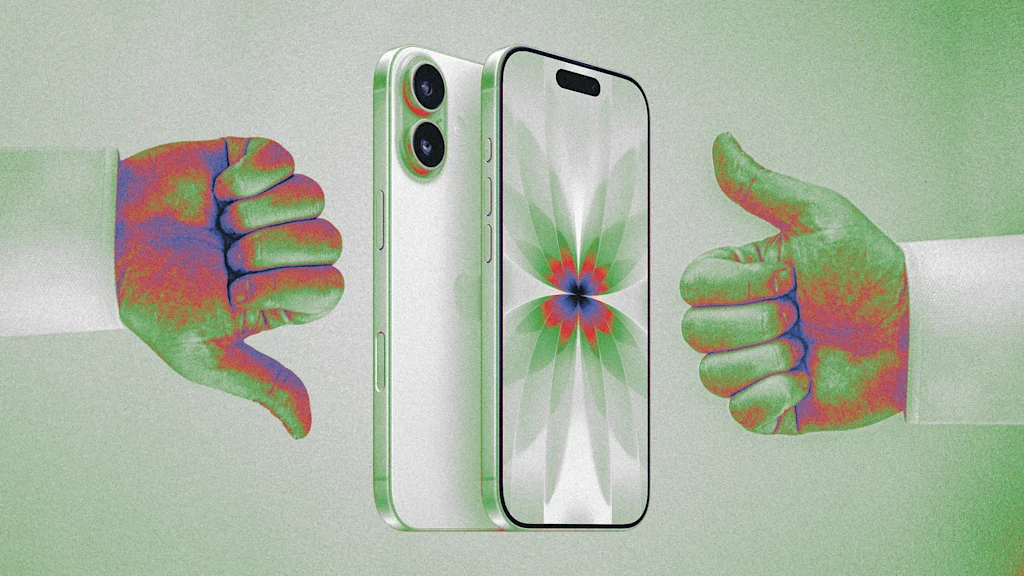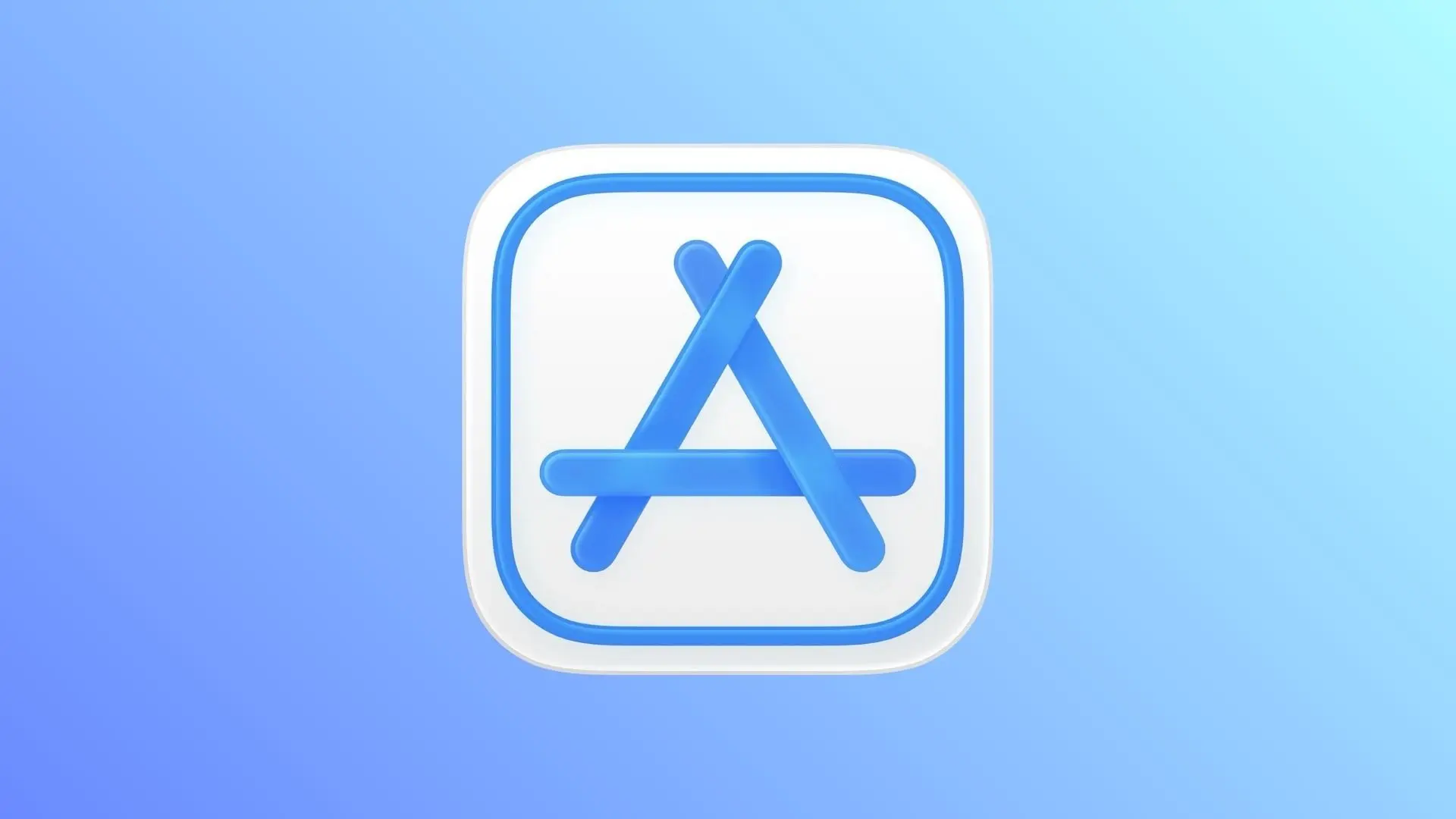Apple
Apple
[ follow ]
#antitrust #airpods-pro-3 #privacy #ios-262 #app-tracking-transparency #m4-chip #app-tracking-transparency-att
fromEngadget
1 day agoHow to set up an iPad for a child
Open the Settings app on your iPhone or iPad, tap your name at the top and select Family. Tap Add Member, then Create Child Account, and follow the onscreen prompts. You'll need to provide your child's name and birth date, along with parental consent using your own Apple ID password. Once created, the account is automatically added to your Family Sharing group.
Apple
fromGSMArena.com
4 days agoSamsung reportedly working on a wide-screen foldable for 2026
If a recent leak is accurate, Apple's upcoming foldable iPhone will feature unusually wide dimensions with a wide inner display. Interestingly, Samsung is also said to be working on a similar "wide" foldable to take on Apple. According to a new report, Samsung is working on a foldable with a 7.6-inch OLED inner screen that'll have a 4:3 aspect ratio. The foldable is said to be unveiled next year with a passport-style design.
Apple
fromKotaku
4 days agoMacBook Pro M5 With Max Config Drops Record Low, Amazon Drops Margin While Official Site Stays Full Price - Kotaku
The M5 processor doesn't just make the M4 better but it also changes the way a laptop handles heavy workloads. Each GPU core now has a Neural Accelerator that speeds up AI tasks by a lot which means you can handle machine learning workloads and Apple Intelligence features at speeds that would have needed a desktop workstation just a few years ago.
Apple
fromTravel + Leisure
5 days agoMy White Elephant Gifts Always Get Stolen-These 14 Exciting Amazon Finds Are Sure to Be a Hit, All Under $25
I've learned the hard way that bringing a boring gift to a White Elephant exchange is basically social sabotage. Over the years, my strategy has evolved into one simple rule: if it's travel-related, useful, and from Amazon, it's almost guaranteed to get stolen. From cozy comforts to clever travel accessories, these are the kinds of gifts people didn't know they needed - until someone else opens them.
Apple
fromThe Verge
6 days agoPhones were fashionable again in 2025
If any single company deserves recognition for bringing style back, it's Motorola. The Razr Ultra foldable in MountainTrail is easily the best-looking phone I used this year, but maybe I'm just partial to the Moto X vibes the wooden back evokes. The bronze-colored side rails, the satisfying sound as the flip phone snaps shut - it's all so nice. But it's not just foldables - Motorola has been way ahead
Apple
fromFortune
6 days agoSteve Jobs sold his Volkswagen to raise $1,300 for Apple's first computer-he became a millionaire just two years later at 23 | Fortune
If it wasn't for a Volkswagen bus and a calculator, Apple might never have existed. At the time, late cofounder Steve Jobs was in his early 20s and strapped for cash, but hooked on the idea that everyone should be able to own a home computer. The only problem? Like many founders, he didn't have enough money to bring his vision to life.
Apple
fromTechCrunch
1 week agoApple becomes a debt collector with its new developer agreement | TechCrunch
Apple on Wednesday released an updated developer license agreement that gives the company permission to recoup unpaid funds, such as commissions or any other fees, by deducting them from in-app purchases it processes on developers' behalf, among other methods. The change will impact developers in regions where local law allows them to link to external payment systems. In these cases, developers must report those payments back to Apple to pay the required commissions or fees.
Apple
from24/7 Wall St.
6 days agoStock Market Live December 19: S&P 500 (SPY) Still Riding Oversold Tech Rebound
The Dow is down about 45 points, as the Nasdaq tacks on another 26 points. After yesterday's Micron-induced tech rally, Oracle ( NYSE: ORCL) is giving markets a boost. All on news TikTok agreed to sell its U.S. operations to a new joint venture that includes the oversold tech giant and private equity investors at Silver Lake. Shares of Oracle are up about $8.50 in premarket on the news.
Apple
from24/7 Wall St.
1 week agoWhy 2026 May Be Apple's Year
Indeed, given the company's market capitalization of more than $4 trillion, the directional moves Apple makes over any time frame will likely impact most investors, whether they hold this stock directly or not. That's because most investors now have some sort of exposure to index funds or exchange traded funds (ETFs), many of which are market cap weighted. Thus, Apple's performance is a key indicator of the performance of the broader market.
Apple
fromTechCrunch
1 week agoApple opens up its App Store to competition in Japan | TechCrunch
Apple announced it will allow alternative app stores in Japan and will permit developers to process payments for digital goods and services outside of its own in-app purchase system in iOS. The iPhone maker is not making these changes because it wants to be more open; it's being forced - in this case, to comply with the country's Mobile Software Competition Act (MSCA), which is now going into effect.
Apple
fromThe Verge
1 week agoApple opens iOS to third-party app stores in Japan
Apple has announced the changes it's making to the iOS App Store in Japan in order to comply with recent legislation in the country. It will allow third-party app stores and payment processing options, though is introducing new commission fees for those transactions. Developers in Japan will now be able to distribute apps on alternative app stores, much like in the EU, with AltStore PAL already expecting to launch in the country before the year's end. As in Europe, Apple will collect a 5 percent commission for in-app purchases made in third-party stores.
Apple
fromEngadget
1 week agoApple is bringing even more ads to the App Store
Apple just announced it will be integrating more ads into the App Store because our poor eyeballs must be assaulted at all times. The company plans on littering search results with advertisements beginning next year. Currently, the App Store only has one ad spot. That's at the very top of search results. If you search for something like Instagram it's likely that top spot will be filled with an ad for a rival social media platform. The new ads will appear further down the actual search results.
Apple
fromGSMArena.com
1 week agoiPhone Air 2 once again rumored to gain a second rear camera, maybe even a lower price
An intriguing new rumor today confirms that there will be an iPhone Air 2 (even though it may only arrive in spring 2027), and it will add a second camera. This was first rumored last month, and it's nice to get a 'confirmation' of sorts (as much as any rumor can count as that). While today's report doesn't mention what the second camera will be, the rumor from November did - an ultrawide.
Apple
fromWIRED
1 week agoApple Engineers Are Inspecting Bacon Packaging to Help Level Up US Manufacturers
About 10 Apple employees spent some of their valuable hours over recent months on a project that might seem unusual for the tech giant: customizing an open source AI tool for ImageTek, a small manufacturer in Springfield, Vermont whose lines of business include printing millions of labels for food packaging. The Apple engineers developed a computer vision system to automatically identify color errors, and on one run it picked up bacon labels with a far-too-pinkish beige before they got shipped, according to Marji Smith, ImageTek's president.
Apple
fromwww.esquire.com
1 week ago8 Best Apple Watch Ultra Watch Bands of 2025
It is specifically made for water activitiessailing, snorkeling, and the likeso it's obviously the best option for anyone on the water. But I also think it's the front-runner for the Watch Ultra 2's best generalist band for those who like to stay active. Since it's made of rubber like a typical sport band, you don't have to worry about keeping it clean or keeping it safe.
Apple
Apple
fromYanko Design - Modern Industrial Design News
1 week agoApple Vision Pro M5: How Tungsten, Knit, and Silicon Finally Make Spatial Computing Livable - Yanko Design
M5 Vision Pro improves visual fidelity and sustained wear comfort through extra silicon headroom and soft-goods engineering, turning demo spectacle into livable spatial computer.
fromwww.engadget.com
1 week agoApple's Mac mini M4 is back on sale for a record-low price
Apple released the Mac mini M4 in late 2024 and we were impressed with how something so small could be so powerful. We gave it a 90 in our review, thanks to features like its speed and standard 16GB of RAM. The currently $479 base model also comes with 256GB of SSD. We were also happy to see it had front-facing USB-C and headphone ports.
Apple
fromThe Mercury News
1 week agoApple sets the stage for fresh South Bay expansion with Sunnyvale deals
SUNNYVALE - Apple is poised to deepen its presence in Silicon Valley with two deals in Sunnyvale that extend a remarkable string of transactions involving property purchases and building rentals. The tech titan, which is expanding in the South Bay, has struck a deal to sublease a full office building at 625 North Mary Ave. in Sunnyvale, according to several sources with knowledge of the rental deal.
Apple
Apple
fromBusiness Insider
1 week agoNFL legend Fran Tarkenton explains why he invested millions in Apple - and is bullish on Tim Cook
Fran Tarkenton holds hundreds of thousands of Apple shares, reinvesting dividends and refusing to sell due to confidence in Apple's diversification and long-term growth.
fromThe Verge
1 week agoApple TV adds Google Cast streaming, but only on Android
Now it will be easier for Android users to watch Apple TV content on their TV with the addition of Google Cast support. However, even after this update, Google Cast is only an option on the Android version of Apple TV, not the iOS version. Likewise, the Android version still doesn't support AirPlay. The addition of Google Cast adds a core feature that's been missing from the Android version of Apple's streaming app since it launched earlier this year.
Apple
fromGSMArena.com
1 week agoSwiss Competition Commission is now investigating Apple for iPhone NFC access
Apple has found itself in the crosshairs of the European Commission many times over the past few years, and now it's also being investigated by the Swiss Competition Commission (SCC). This has to do with access to NFC on iPhones. Apple started to allow third-party access to the NFC chip last year, following an initial opening up in the EU.
Apple
fromwww.engadget.com
9 months agoThe best iPad deals this week include the iPad Air M3 for $150 off
To help those looking to grab one get the most value possible, we're keeping an eye on sale prices and rounding up the best iPad deals we can find each week. This week's highlights include both versions of the latest iPad Air for $150 off at Amazon, matching the all-time lows we last saw around Black Friday. The iPad mini and iPad Pro are each $100 off as well.
Apple
[ Load more ]



































